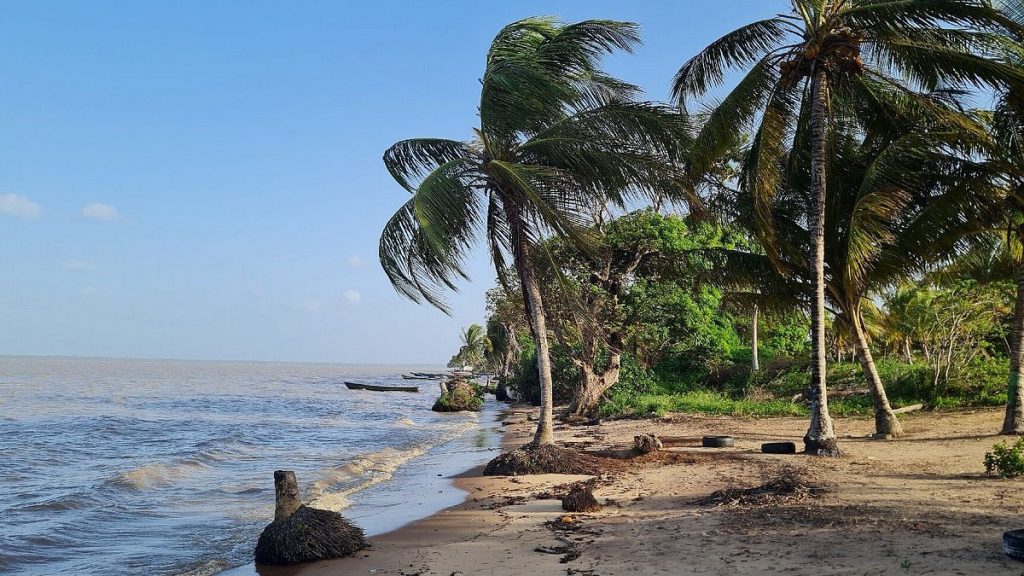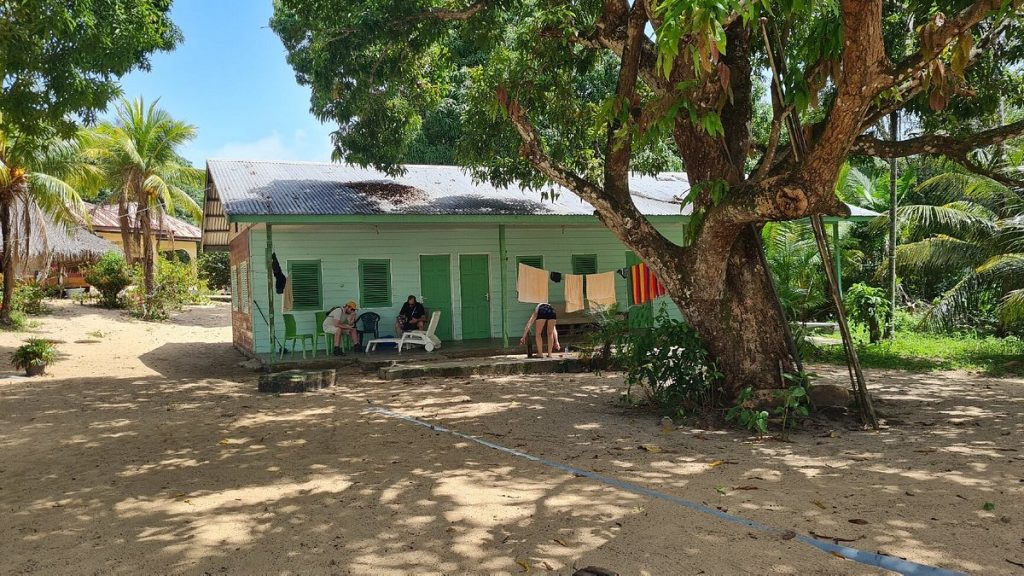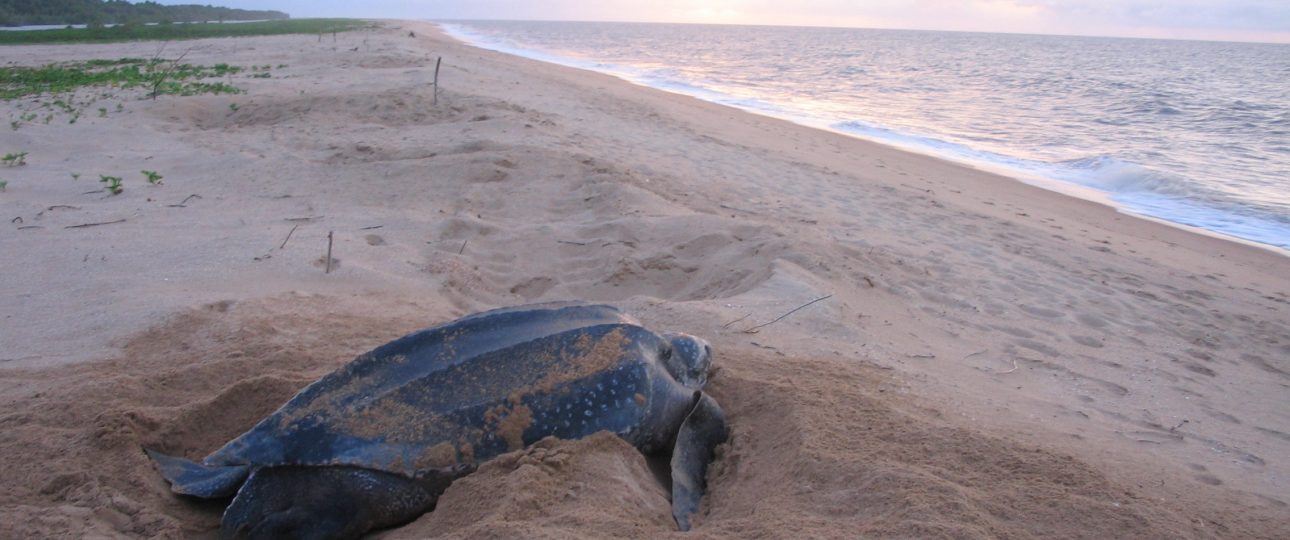Exploring Galibi Nature Reserve
Galibi Nature Reserve is known for its pristine beaches and lush rainforests, it is also a significant nesting site for endangered sea turtles. The reserve is home to indigenous communities, providing visitors with a chance to experience their rich traditions.
Sea Turtle Nesting
Galibi is renowned for its role in the conservation of sea turtles. From February to August, the beaches become a nesting ground for species such as the green sea turtle, leatherback, and olive ridley. Eilanti Beach is particularly notable for the mass nesting of olive ridleys, a rare event in the Atlantic region. While the hawksbill turtle nests sporadically, the chance to witness these majestic creatures is a highlight for many visitors.
Accommodation and Amenities
Staying at Galibi can be a mixed experience. Accommodations like Shiritjo Lodge offer basic amenities, but visitors should be prepared for limited resources. Rooms may not have air conditioning, and water supplies can be scarce. It’s advisable to bring extra water and personal items like soap and towels, as these may not be readily available. Electricity is often limited to certain hours, so plan accordingly.
Transportation and Accessibility
Reaching Galibi involves a scenic boat ride from Paramaribo, the capital of Suriname. While this journey offers beautiful views of mangrove forests, it requires coordination with local operators. Once at the reserve, most attractions are accessible on foot. However, options for exploring further afield, such as boat rides to locations like Tijgerbank, are limited. Independent travelers may find this frustrating, as local initiatives for transportation are lacking.
Local Culture and Community
The reserve is home to the Carib and Arawak tribes, who have lived in the area for centuries. Visitors can engage with these communities, learning about their customs and purchasing handcrafted souvenirs. However, it’s important to approach these interactions with respect and an understanding of the challenges faced by the local population.
Practical Tips
- Visit during the dry season from February to August for the best weather.
- Plan your trip around the sea turtle nesting season for a chance to see these creatures.
- Bring essentials like water, soap, and towels, as amenities are limited.
- Consider the lack of local transportation options when planning excursions.
- Engage respectfully with indigenous communities and support local crafts.
While the accommodations and amenities may be basic, the opportunity to witness sea turtles and engage with indigenous communities makes it a worthwhile destination for adventurous travelers.






